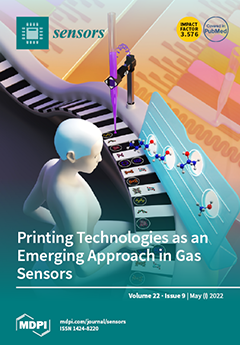Background: Cone-beam breast computed tomography (CBBCT) and digital breast tomosynthesis (DBT) remain the main 3D modalities for X-ray breast imaging. This study aimed to systematically evaluate and meta-analyze the comparison of diagnostic accuracy of CBBCT and DBT to characterize breast cancers. Methods: Two independent reviewers identified screening on diagnostic studies from 1 January 2015 to 30 December 2021, with at least reported sensitivity and specificity for both CBBCT and DBT. A univariate pooled meta-analysis was performed using the random-effects model to estimate the sensitivity and specificity while other diagnostic parameters like the area under the ROC curve (AUC), positive likelihood ratio (
), and negative likelihood ratio (
) were estimated using the bivariate model. Results: The pooled sensitivity specificity,
and
and AUC at 95% confidence interval are 86.7% (80.3–91.2), 87.0% (79.9–91.8), 6.28 (4.40–8.96), 0.17 (0.12–0.25) and 0.925 for the 17 included studies in DBT arm, respectively, while, 83.7% (54.6–95.7), 71.3% (47.5–87.2), 2.71 (1.39–5.29), 0.20 (0.04–1.05), and 0.831 are the pooled sensitivity specificity,
and
and AUC for the five studies in the CBBCT arm, respectively. Conclusions: Our study demonstrates that DBT shows improved diagnostic performance over CBBCT regarding all estimated diagnostic parameters; with the statistical improvement in the AUC of DBT over CBBCT. The CBBCT might be a useful modality for breast cancer detection, thus we recommend more prospective studies on CBBCT application.
Full article






